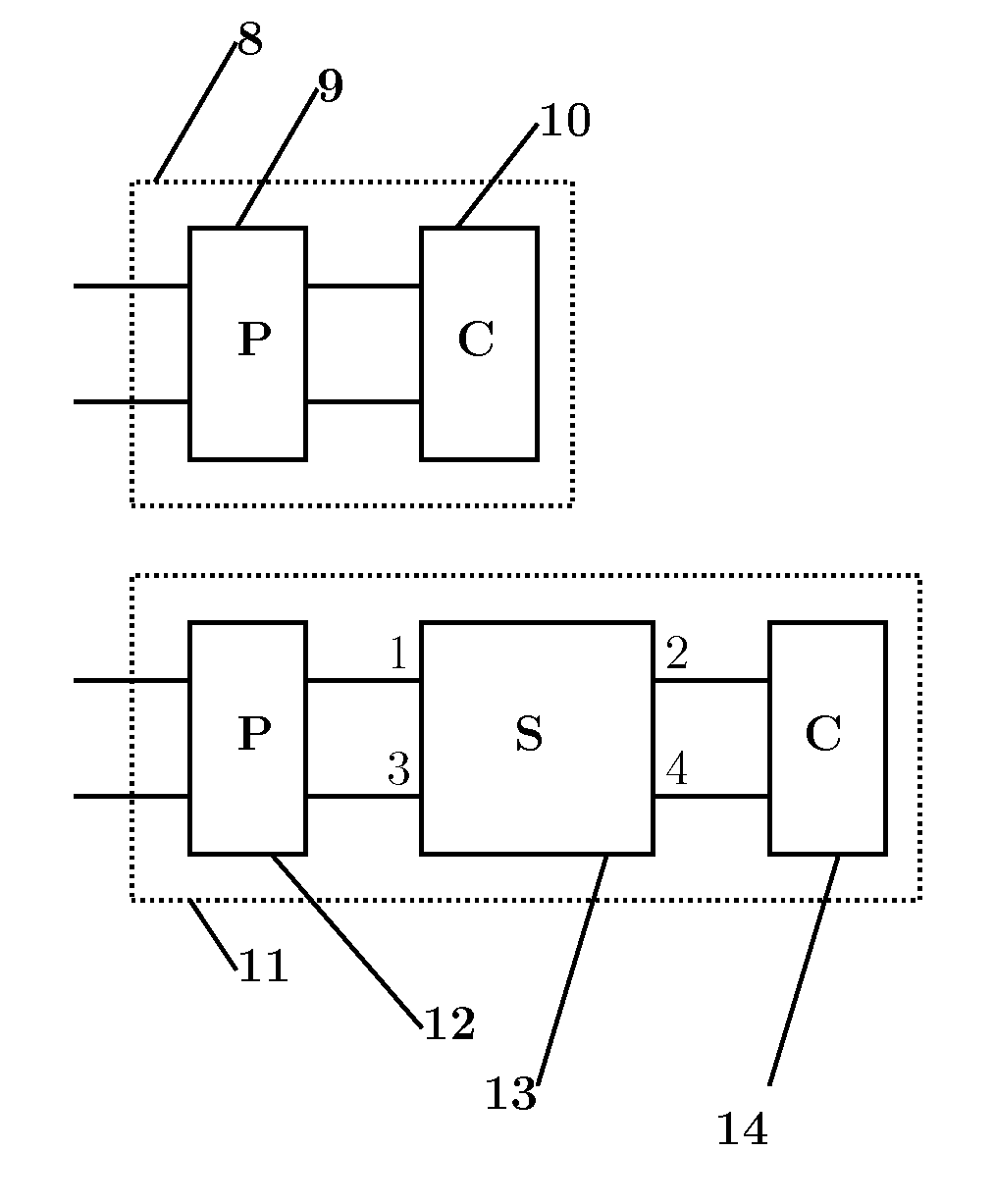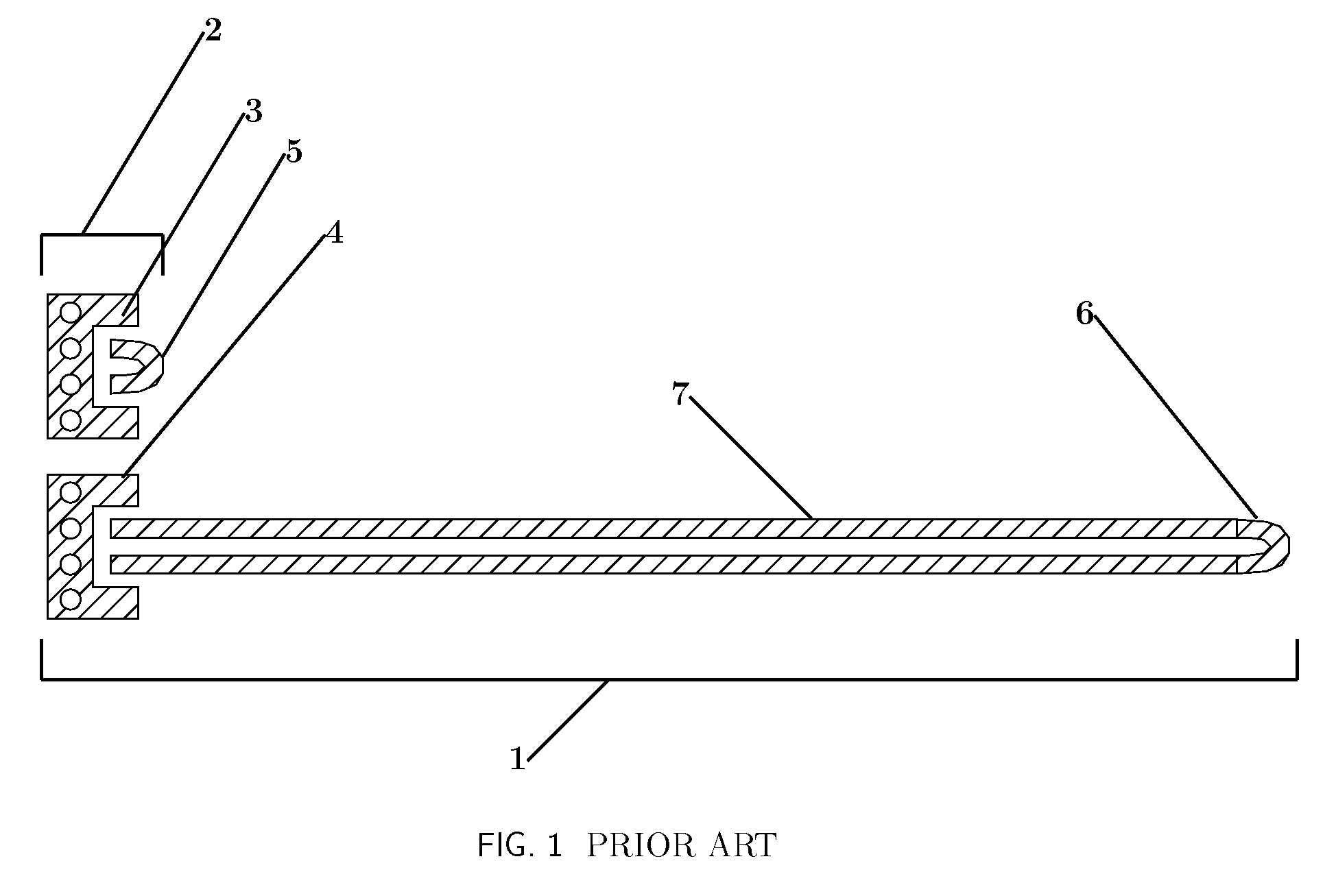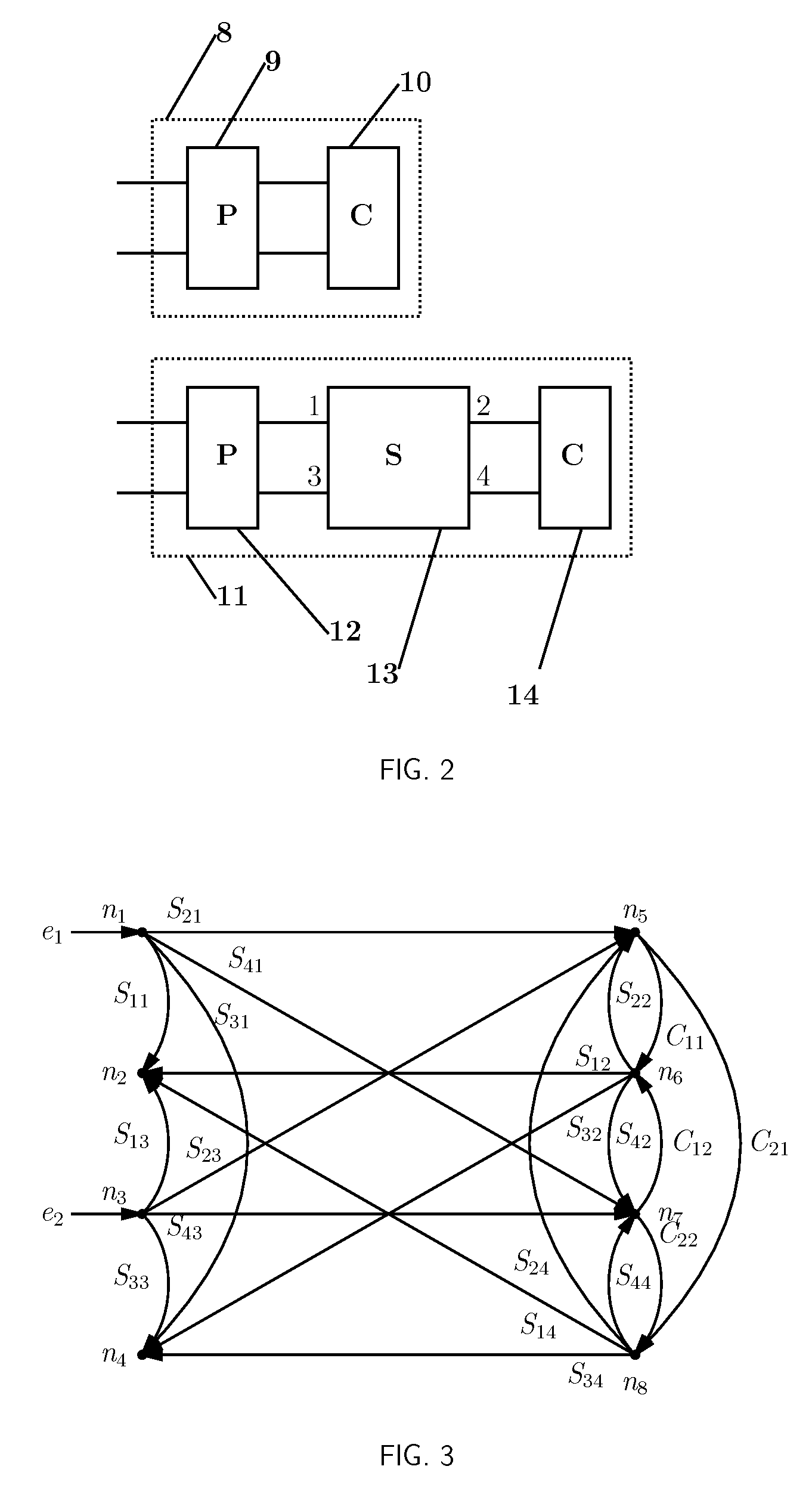Method for printed circuit board trace characterization
a technology of printed circuit boards and trace characterization, which is applied in the direction of individual semiconductor device testing, instruments, nuclear elements, etc., can solve the problems of degrading communication capability, reducing communication efficiency, and traditional methods that have not been successful, and achieves fast, easy and economical methods. , the effect of facilitating the utilization of the same test coupon structur
- Summary
- Abstract
- Description
- Claims
- Application Information
AI Technical Summary
Benefits of technology
Problems solved by technology
Method used
Image
Examples
Embodiment Construction
[0034]FIG. 1 shows elements of an exemplary test-coupon that may be employed for a PCB trace characterization measurement. It shows a trace characterization structure [1] and a termination characterization structure [2]. Both structures [1],[2] are intended to be substantially similar in that each contains a probing structure [3], [4] and a termination structure [5], [6] except that the trace characterization structure [1] contains a differential trace element [7] which is the DUT and is the element to be characterized.
[0035]The intent of the structures in FIG. 1 is that measurements are obtained for the trace characterization structure [1] and for the termination characterization structure [2] by probing and measuring each one. Based on these measurements, one or more characteristics of the DUT may be obtained.
[0036]Assuming that the termination structures [5], [6] are substantially similar and that a good measurement can be made of the termination structure [5] by measuring at the...
PUM
 Login to View More
Login to View More Abstract
Description
Claims
Application Information
 Login to View More
Login to View More - R&D Engineer
- R&D Manager
- IP Professional
- Industry Leading Data Capabilities
- Powerful AI technology
- Patent DNA Extraction
Browse by: Latest US Patents, China's latest patents, Technical Efficacy Thesaurus, Application Domain, Technology Topic, Popular Technical Reports.
© 2024 PatSnap. All rights reserved.Legal|Privacy policy|Modern Slavery Act Transparency Statement|Sitemap|About US| Contact US: help@patsnap.com










